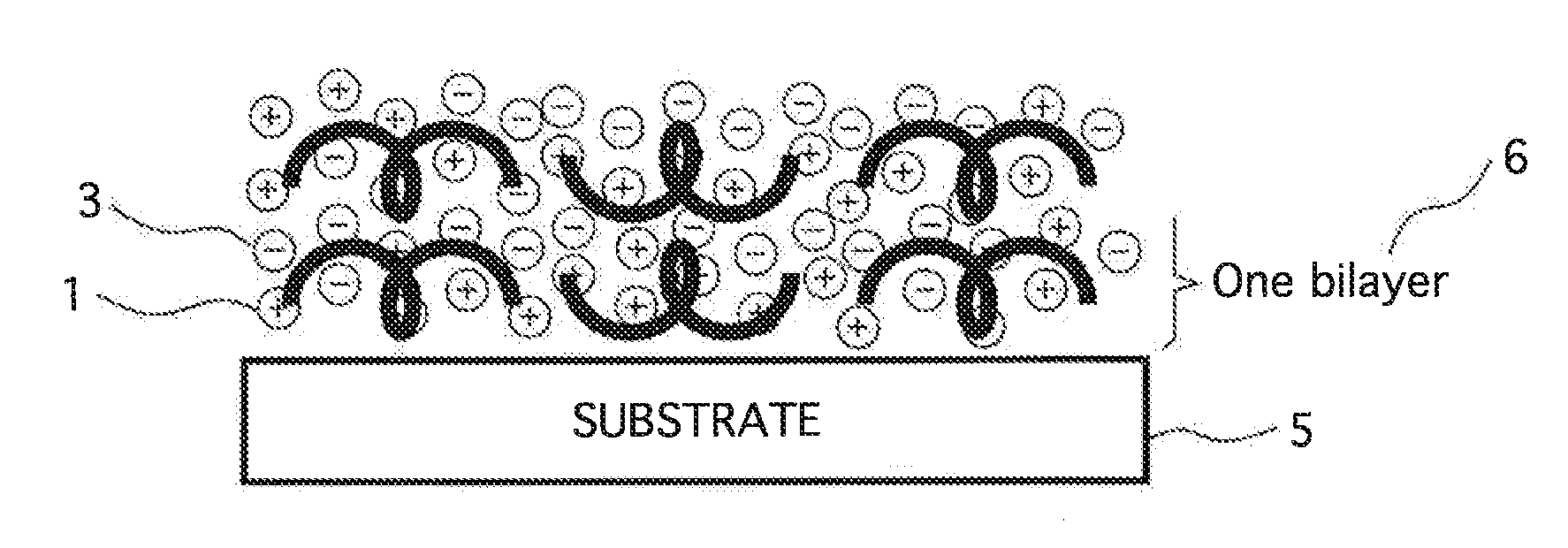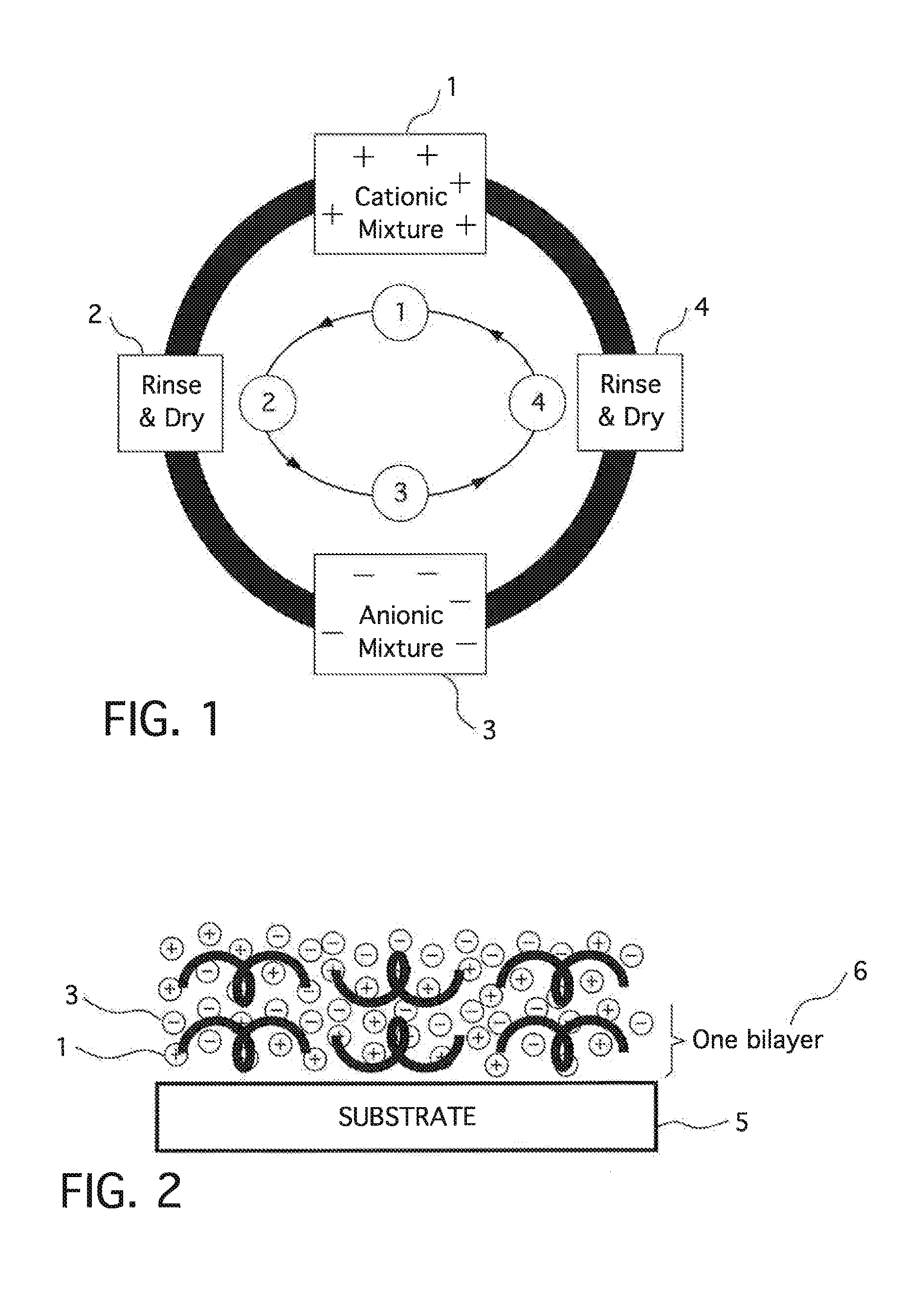Electrically conductive and dissipative polyurethane foams
a polyurethane foam and electric resistance technology, applied in the direction of conductive layers on insulating supports, inhomogenous insulation materials, transportation and packaging, etc., can solve the problems of high viscosity reaction components, damage to components, and inherently anti-static polymers
- Summary
- Abstract
- Description
- Claims
- Application Information
AI Technical Summary
Benefits of technology
Problems solved by technology
Method used
Image
Examples
examples
[0106]The following materials were used to prepare polyurethane foam substrates.
[0107]The prepared polyurethane foam substrates were coated with the anionically charged carbon allotrope and the cationically charged polymer as described herein to form coated polyurethane foams.[0108]Polyol A: a poly(oxypropyleneoxyethylene) polyol started with a combination of glycerin and propylene glycol to yield a nominal functionality of about 2.8, having a hydroxyl number of about 56, and containing about 7% of internal spread oxyethylene to yield a primary hydroxyl end group content of less than about 10% (i.e. >90% secondary hydroxyl content). DMC was used as the alkoxylation catalyst[0109]Polyol B: a glycerin started poly(oxypropyleneoxyethylene) polyol having a hydroxyl number of about 53, and containing about 13% of internal spread oxyethylene to yield a primary hydroxyl end group content of less than about 5% (i.e. >95% secondary hydroxyl content). KOH was used as the alkoxylation catalyst...
PUM
| Property | Measurement | Unit |
|---|---|---|
| surface resistivity | aaaaa | aaaaa |
| surface resistivity | aaaaa | aaaaa |
| surface resistivity | aaaaa | aaaaa |
Abstract
Description
Claims
Application Information
 Login to View More
Login to View More - R&D
- Intellectual Property
- Life Sciences
- Materials
- Tech Scout
- Unparalleled Data Quality
- Higher Quality Content
- 60% Fewer Hallucinations
Browse by: Latest US Patents, China's latest patents, Technical Efficacy Thesaurus, Application Domain, Technology Topic, Popular Technical Reports.
© 2025 PatSnap. All rights reserved.Legal|Privacy policy|Modern Slavery Act Transparency Statement|Sitemap|About US| Contact US: help@patsnap.com


